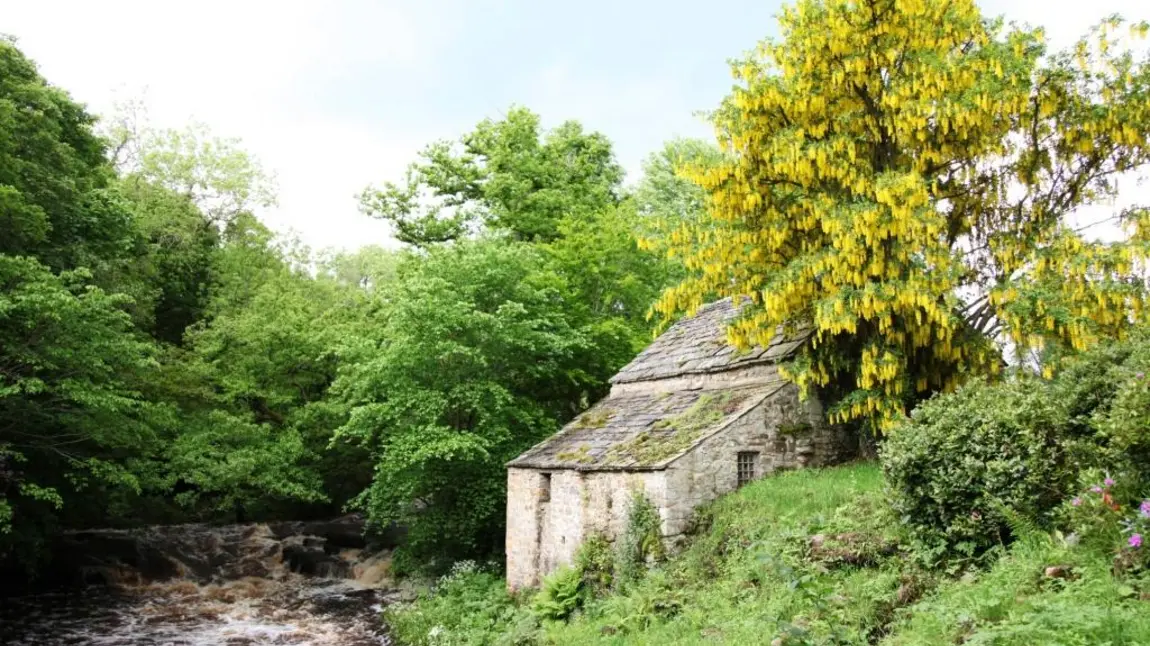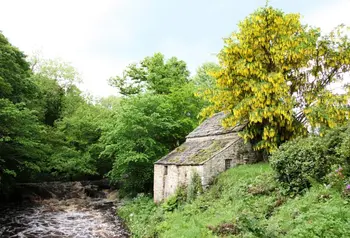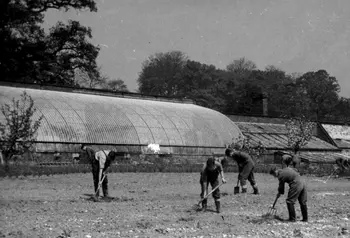Investing in privately owned heritage

The cost of conserving and restoring such treasures can impose a significant financial burden on their owners. HLF is able to assist by providing a range of grants to help secure the future of these, in many cases, rare and fascinating structures, artefacts or artworks.
In return, HLF stipulates that these restoration and conservation projects must show that public benefit outweighs private gain, and that there is clear public enthusiasm for what is proposed. For example, the work, once completed, may allow public access to a historic building for the very first time.
Recent examples of where HLF has been able to support private owners include Linnels Mill, a Grade II* listed building in Northumberland which is on English Heritage’s ‘at risk’ register. Owners Ashley and Gill Winter from the GR Winter Discretionary Trust were given a grant to restore the picturesque 17th-century building containing rare examples of intact mill machinery including an oat roasting oven plus a 19th-century turbine and dynamo for generating electricity.
[quote=Ben Greener, HLF historic environment adviser ][They]will enable many more people to enjoy and experience heritage...[/quote]
Volunteers are now working with the North East Mills Group as restoration work gets underway and the public has the chance to get involved in hands-on workshops, learn traditional building skills and watch professional craftsmen in action. This is the first time the public will have had access to the mill, let alone discover its heritage secrets.
Another such project is the curvilinear glasshouse at Millichope Park, a Grade II* listed estate in Shropshire owned by the Bury family. Dating from around 1836 the structure is one of just four surviving iron-framed curved glasshouses in the country and has not been used since the 1950s. An important part of Shropshire’s and indeed England’s horticultural history, once restored it will mean visitors to Millichope Park can learn both new and old horticultural skills during practical courses and lectures held in the structure.
Ben Greener, HLF historic environment adviser, comments: “Right across the UK, there are many historical gems currently in private ownership. By investing in them, HLF is helping to ensure they have a secure future that will enable many more people to enjoy and experience heritage that, hitherto, they might only have glimpsed from a distance.”

